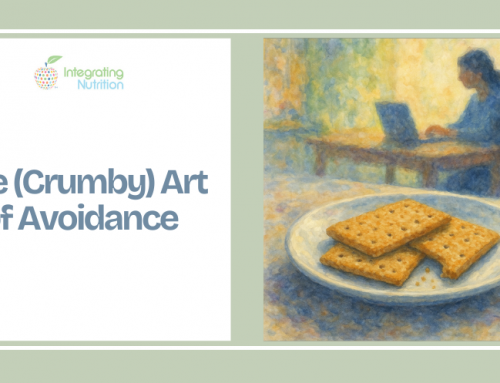Writing about the recent Netflix release “To the Bone” (and writing about things other people have written about the recent Netflix release “To the Bone”) has become all the rage these days. Some nutrition and therapist writers have applauded the film, others were very dissatisfied. My take is that the fact that a film about eating disorders has taken up any pop culture thunder is pretty remarkable. The fact that it would create so much controversy and ultimately be disappointing is pretty inevitable.
For anyone who is interested in discussions having to do with eating disorders but has been living off the grid the past week or so, a brief recap: “To the Bone” is the story of a 20-something anorexic woman named Ellen, played by Lily Collins, who comes from something of a privileged background and a decidedly dysfunctional family, with said family struggling to do their best to support Ellen despite their own limitations. It was written and directed by Marti Noxon, a noteworthy TV writer/producer; both Ms. Noxon and Ms. Collins suffered from eating disorders as younger women. Presumably this film was, if not a labor of love, a labor of importance for both.
The inescapable problem in “issue” movies is that each story is focused on a specific character who is somehow expected to be both realistic and universal in their portrayal. In “To the Bone,” Ellen is surly and glum, playing her own distinctive and idiosyncratic character as scripted; she does not–and indeed cannot–represent all sufferers of Anorexia. At the same time, her character’s journey through the story seemed pat and generic, not boring, exactly, but held few surprises and little emotional impact. The problem here is that we in the audience want a character that is universal in her experience of her ED issues, yet also specific in her characterization. Since the universal contradicts the specific, the end result is bound to be inadequate.
Which is why I applaud the filmmakers for at least trying, despite the difficulty of the attempts. The fact that anyone is willing to shine a light on this problem is a good thing. Sure, I could take issues with some very flawed portrayals of how this therapeutic residence is run (the meals are unsupervised; the patients are able to refuse to eat parts/all of their meals without being “processed” by a therapeutic professional; the therapist played by Keanu Reeves is somewhat ham-handed in his counseling approach; one wonders how a person with anorexia who cannot afford a resident facility might fare) but to its credit, the film does include at least one woman of color and even a male anorexia sufferer; male eating disorders are a real but under-appreciated problem. I’m also glad to see that, in addition to eating problems related to the restriction of food, the film also included a woman dealing with binge eating disorder (though since the film was more concerned about the anorexic side of things, not a lot of focus was on B.E.D.)
As a professional, I would have preferred some information presented in the credits that could facilitate people contacting professional organizations for people suffering from eating disorders, but anything that supports a more public conversation of this critical issue —
(Anorexia nervosa has the highest death rate of any psychiatric illness–including major depression–and untreated, up to 20% of people with serious eating disorders die. With treatment, this figure drops to 2-3% *)
— should be supported.
*https://www.mirasol.net/learning-center/eating-disorder-statistics.php




